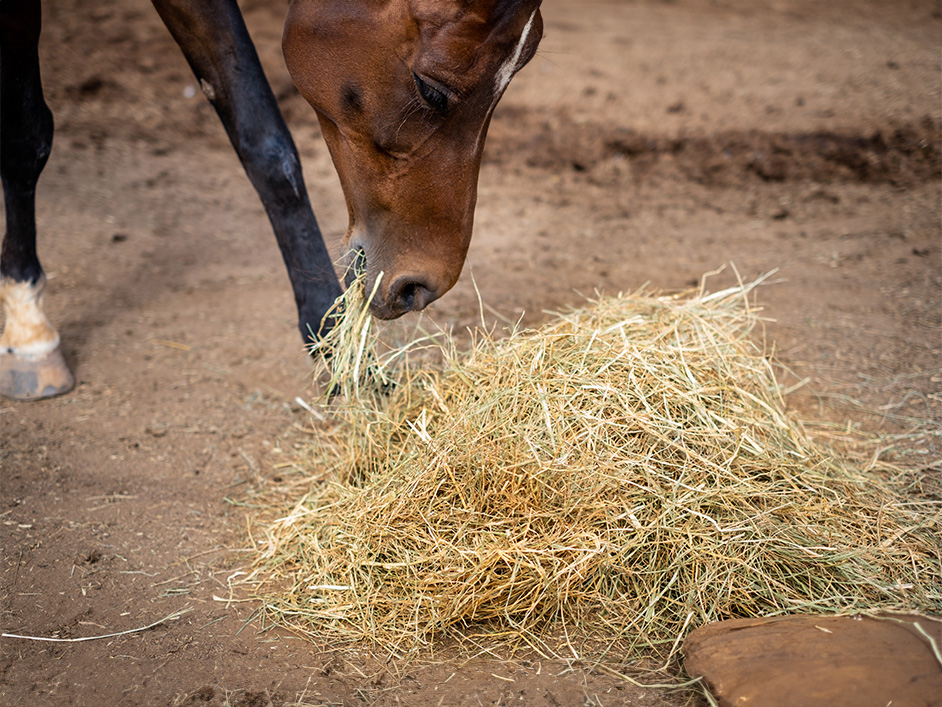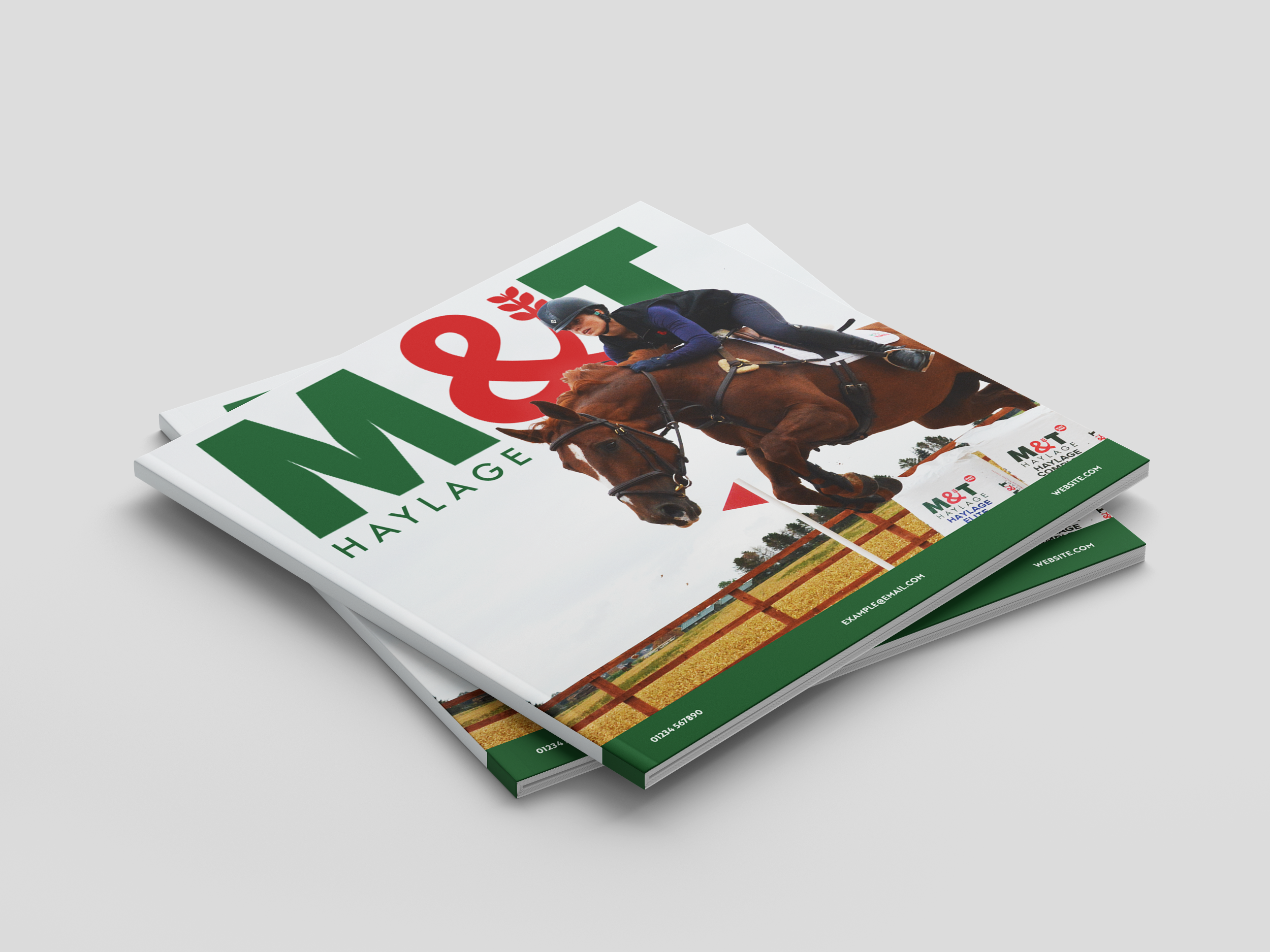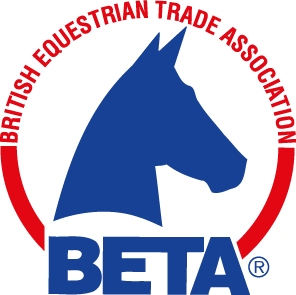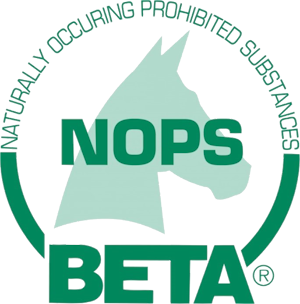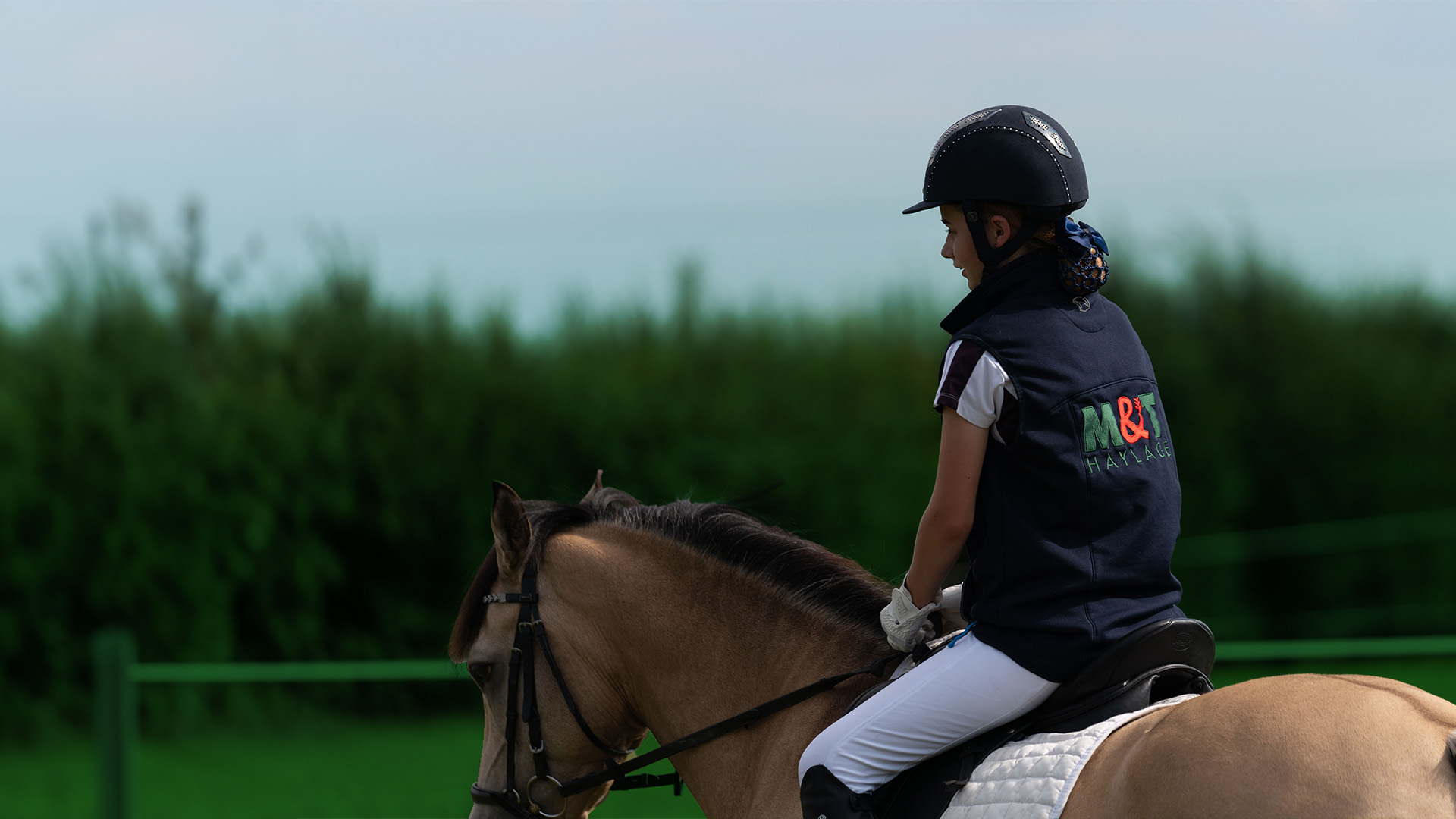
Our Blog
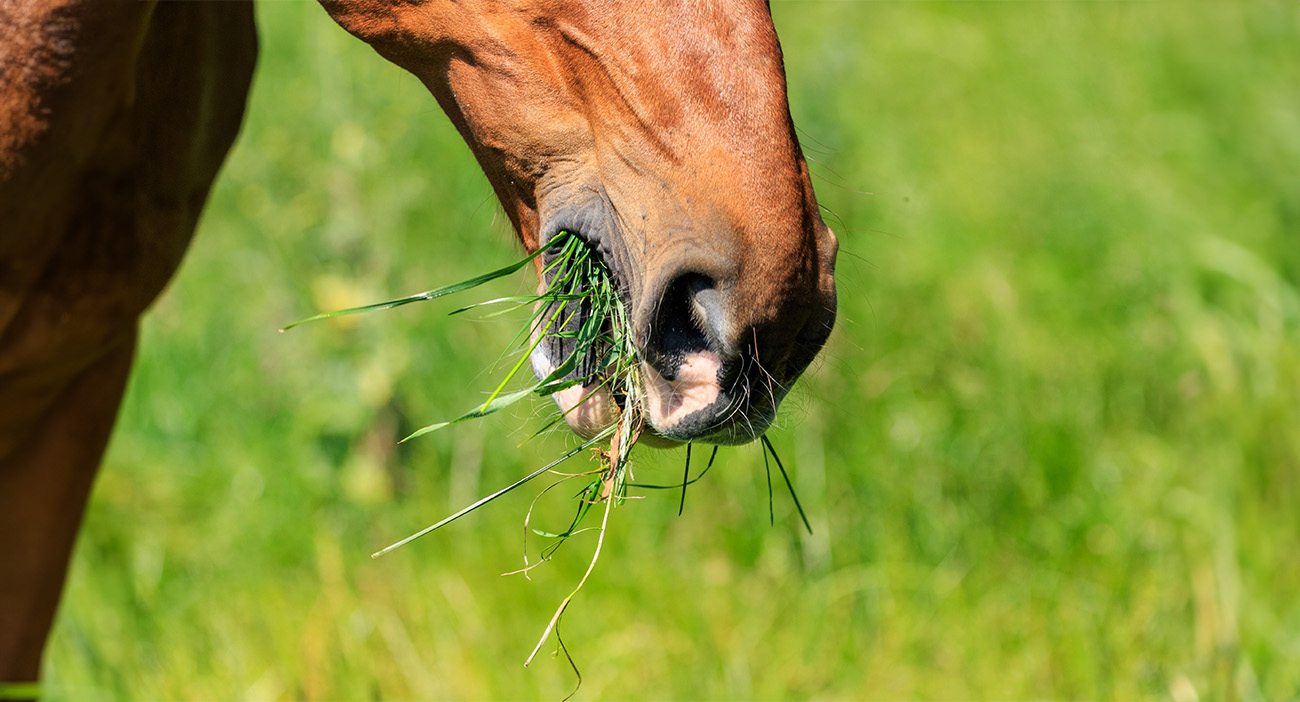
July 16, 2025
Do Horses Need Hay in the Summer?
Whether your horse is turned out 24/7 or stabled, you might be wondering if hay is really necessary during the summer months. Horses with unrestricted access to nutrient-rich summer grass are unlikely to require additional forage. This is especially true for native breeds. However, for those prone to conditions such as laminitis, unrestricted grazing is unlikely to be suitable, and grass intake should be carefully controlled.
As our expert equine nutritionist Briony explains, there are a number of factors you should consider when deciding if your horse needs additional forage:
“Hay might be needed if the pasture is bare or the grass is of low quality. Additionally, if your horse is in hard work, is a poor doer, underweight, pregnant or lactating, or senior, extra hay or haylage might need to be provided. Keeping an eye on your horse's body condition score is the best way to know if additional forage is needed.”
In this blog, Briony answers your most frequently asked questions about feeding forage during the warmer months.
Do Horses at Grass Need Hay During the Summer?
During the summer months, many horses won’t need much, or any, hay if they have access to ample, good-quality pasture. Summer grass can provide sufficient fibre, energy and protein, especially for horses in light work, good doers or native breeds.
However, as equine nutritionist Briony explains: “Whether horses at grass will need access to hay during the summer months all depends on the quality of the pasture and weather conditions, as well as the amount of work the horse is in, their condition and clinical history.”
As a general rule, native ponies in light to moderate work, who are turned out 24/7, usually won’t require hay supplementation, but horses with higher demands or limited grazing may still benefit from additional forage. Some natives and good doers may even require restricted grazing over the summer months, rather than additional forage, even if the pasture quality is poor.
A key consideration is making sure your horse gets enough fibre each day. This can be a concern with restricted grazing, where the total amount of grass is low, but also with spring pasture. Although spring grass looks plentiful, it's often high in water content and lower in fibre, meaning your horse might not be getting as much fibre as it appears (this is one of the reasons why manure can be looser in the spring). Supplementing part of the ration with hay or haylage during the transition to spring grass can help boost fibre intake during this period.
Below, we go over the factors you should consider when deciding whether to supplement your horse’s grass intake over the warmer months.
Pasture Quality
If your pasture has plenty of lush, green grass, your horse is likely meeting its energy (calorie) and protein requirements through grazing. However, if your pasture is dry, overgrazed, or sparse, hay may be needed to supplement your horse’s diet.
Weather Conditions
Poor weather, such as heavy or prolonged rain, can limit grazing time or cause pasture to become poached, reducing grass availability. In these cases, hay may need to be offered to ensure the horse gets enough forage.
Workload
Horses in hard work, including competition horses, may need additional calories and nutrients to ensure peak performance. Supplementing their grazing with hay can help meet their nutritional requirements.
Briony advises: “Always increase workload before increasing energy intake. If your horse maintains a healthy weight and condition, it’s a good sign that additional forage or hard feed isn’t necessary.”.
Non-Native Breeds
While native breeds are generally hardy and well adapted to cope with poorer pasture, non-native breeds may require additional hay when turned out on lower-quality grass, especially if they are in work or have higher energy demands.
Pregnant Mares or Those With a Foal at Foot
Pregnant and lactating mares have significantly higher nutritional needs, and depending on the quality of the grass (and the time of year), additional forage is usually required. Thoroughbred mares foaling early in the year often rely more heavily on good-quality hay or haylage, as spring pasture may not yet be available. In contrast, many sport horses and native types that foal later in the year tend to have better access to quality grazing and may be less reliant on conserved forage.
Other Factors
Several additional factors may influence the need for hay supplementation, including:
- Age – Senior horses may struggle to extract enough nutrition from poor-quality grass.
- Body Condition – Underweight horses or those losing condition may need more forage.
- Metabolism – Some horses have higher energy demands and may not thrive on grass alone.
If you’re still unsure if your horse requires hay to supplement their grass intake, our specialist nutritionist, Briony, is happy to answer your questions. Please feel free to get in touch if you have any queries.
Do Horses Need Hay If the Paddock is Bare?
If your horse’s paddock is grazed very short or appears bare, it’s highly likely that your horse will need hay to supplement their forage intake and support digestive health. One of the clearest signs that more forage is needed is if your horse starts to lose body condition.
When grass is under stress, such as from cold temperatures, drought, or overgrazing, it can accumulate higher levels of sugar, even if it looks sparse. Briony explains: “Owners often assume that bare-looking paddocks are low in nutritional value, but stressed grass can be deceptively rich in sugars and still provide significant calories.”
This can be particularly important to consider for horses prone to laminitis or Equine Metabolic Syndrome (EMS), as these sugars may contribute to unwanted weight gain or health flare-ups. We have more information on feeding a horse with EMS in our blog, ‘How To Feed EMS Horses: Nutritionist Top Tips For Horses’. While sparse grass may appear harmless, monitoring pasture conditions and grazing habits is key to managing sugar intake.
To test whether grass is actively growing in a bare paddock, try sectioning off a small area and monitoring it. If new shoots appear and begin to grow, the grass is likely being grazed before it matures, rather than not growing at all.
Feeding Good Doers on Bare Paddocks
Some horses are very good at holding on to excess body fat, even when grazing on brown and bare paddocks where the grass isn’t growing. In this instance, it’s still vital to provide an appropriate source of fibre, even for horses that need to lose weight. For good doers, Briony recommends a later cut of hay or a hay that is naturally lower in energy and high in fibre, such as Timothy Hay.
Feeding Poor Doers on Bare Paddocks
Some horses start to lose weight rapidly when the grass disappears or drops in quality. Supplemental forage is recommended for horses that struggle to maintain their weight while grazing on lower-quality pastures. Briony recommends an earlier cut of hay or one that is naturally higher in energy, such as Ryegrass Hay. Haylage is also an excellent option for poorer doers, such as our Haylage Complete.
Can Horses Get Laminitis if They’re Only Grazing on a Bare Paddock?
As mentioned earlier, just because grass looks brown or sparse doesn't mean it's low in sugar. When grass is under stress, such as from overgrazing, drought, or cold temperatures, it often accumulates higher levels of sugars, particularly fructans, as a survival strategy. These sugars tend to be concentrated in the lower parts of the plant, which are the areas most likely to be grazed when grass is short.
These higher levels of sugar in stressed grass can cause problems for horses that have insulin dysregulation and may be prone to laminitis. These horses won’t have a normal response to the consumption of non-structural carbohydrate (NSC), which is the total of sugar, fructan and starch added together.
When it rains and pasture quality improves, the lush regrowth can pose a risk for laminitis-prone horses. The fresh, green grass often contains higher levels of water soluble carbohydrate (WSC), including simple sugars and fructans, which the plant produces and uses for growth. Even if the pasture still looks sparse, this sudden increase in grass growth can trigger laminitis in susceptible horses. Briony recommends removing laminitis-prone horses from the pasture during these high-risk periods or restricting their grass intake, and instead offering a suitable forage, such as Timothy hay, to support their dietary needs safely.
What Signs Indicate Your Horse Might Need Hay Over the Summer Months?
The main sign that your horse is not getting enough nutrients and fibre from summer grass is weight loss beyond an acceptable body condition score (BCS). Here’s an overview of some of the changes you should look out for:
- You can see or feel their ribs more easily.
- Their muscle tone starts to drop.
- Reduced energy or willingness to work.
- Higher levels of boredom.
- Looser or more frequent droppings.
- Signs of digestive discomfort.
For more detailed information on how to monitor your horse’s weight, read our blog, ‘How to Body Condition Score Your Horse’.
Do Part-Stabled Horses Need Hay During the Summer?
Briony advises: “If your horse is stabled for more than four hours, they need some forage provided to prevent digestive issues and ulcers, even if they are overweight”. The amount of forage that you’ll need to provide will depend on the number of hours they’re stabled for, the quality of the pasture and the horse's condition and workload.
How Much Forage Does My Horse Need?
A horse should consume at least 1.5% of their bodyweight in forage on a dry matter basis to meet their fibre needs. For a 500 kg horse, this would be roughly 8.3kg of hay (based on a dry matter of 90%) or around 11.5kg of haylage (based on a dry matter of 65%). For horses that need to gain weight, 2-2.5% of their bodyweight should be the aim.
However, for horses that are part-stabled, it can be especially challenging to judge how much grass they’re consuming while turned out and adjust the amount of hay provided in the stable accordingly. It’s important to assess both pasture quality and your horse’s body condition score.
Briony notes: “As a general rule, if your horse is gaining weight or the pasture is thriving, you should reduce the amount of hay provided. There can be a fine balance between providing enough forage to prevent long periods without eating and avoiding excess calorie intake. Physically staggering hay provision or using slow feeders can help extend feeding time without overfeeding.”
How We Can Help Your Horse At M&T Haylage
At M&T, we grow our range of premium hay and haylage on our fields across Yorkshire. All of our forage is homegrown, and our comprehensive procedures ensure that it’s of the highest quality, so you can be sure your horse is getting the very best.
Whether you require low-energy Timothy Hay to keep weight off your good doer, or Haylage Complete to keep your poor doer in good condition while pastures are bare, M&T Haylage is committed to providing you with the right kind of forage to support your horse.
Get in touch to see how we can help provide your horse with additional forage during the summer months.

July 16, 2025
Do Horses Need Hay in the Summer?

May 22, 2025
Changing Your Horses Diet From Winter to Spring
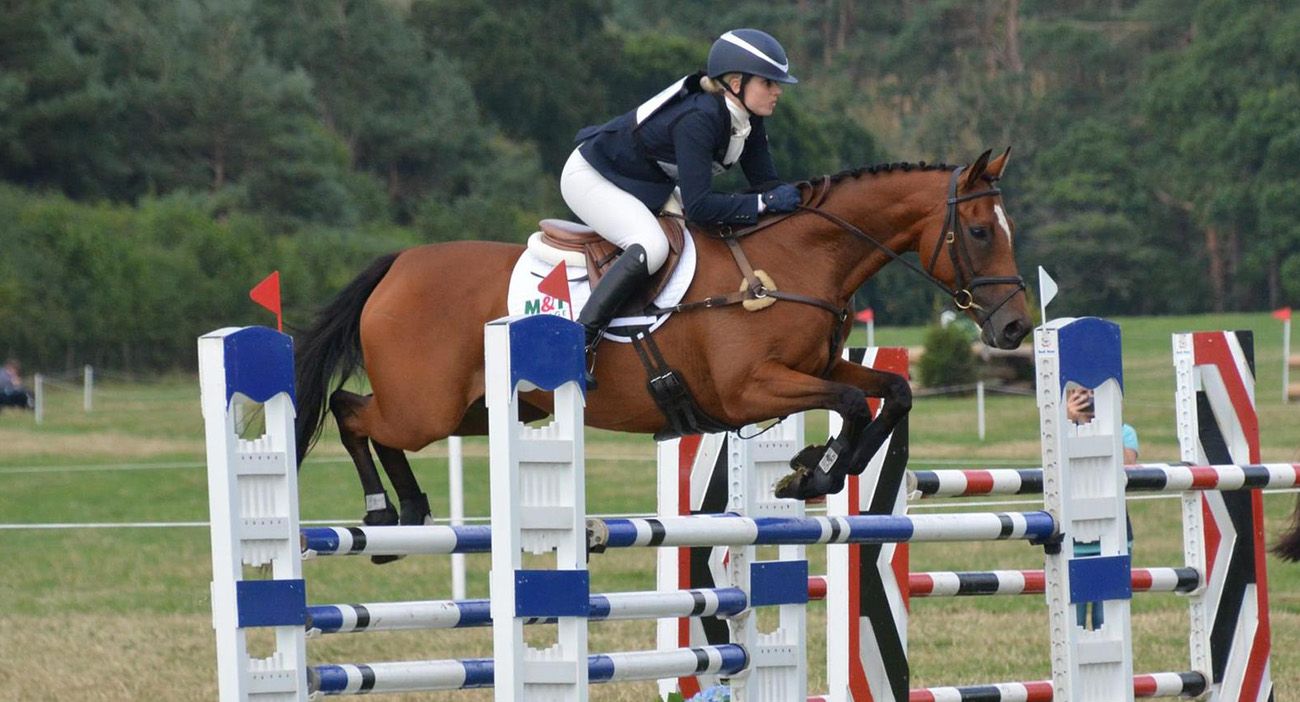
April 4, 2024
Eat, Sleep, Compete, Repeat
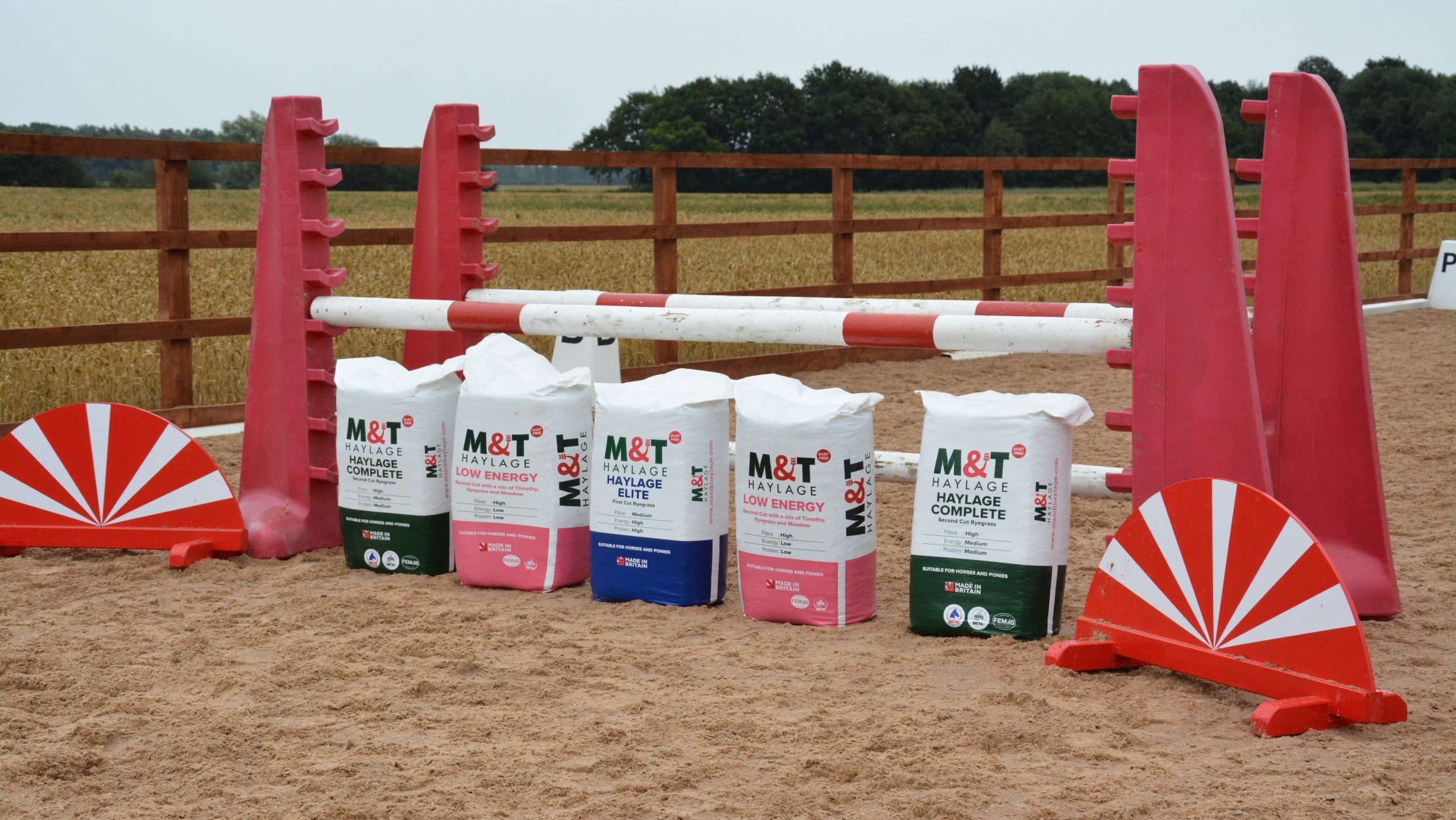
March 8, 2024
Top Tips For Managing Forage On The Go: Part Two

March 8, 2024
Consistency Is Key for Horses
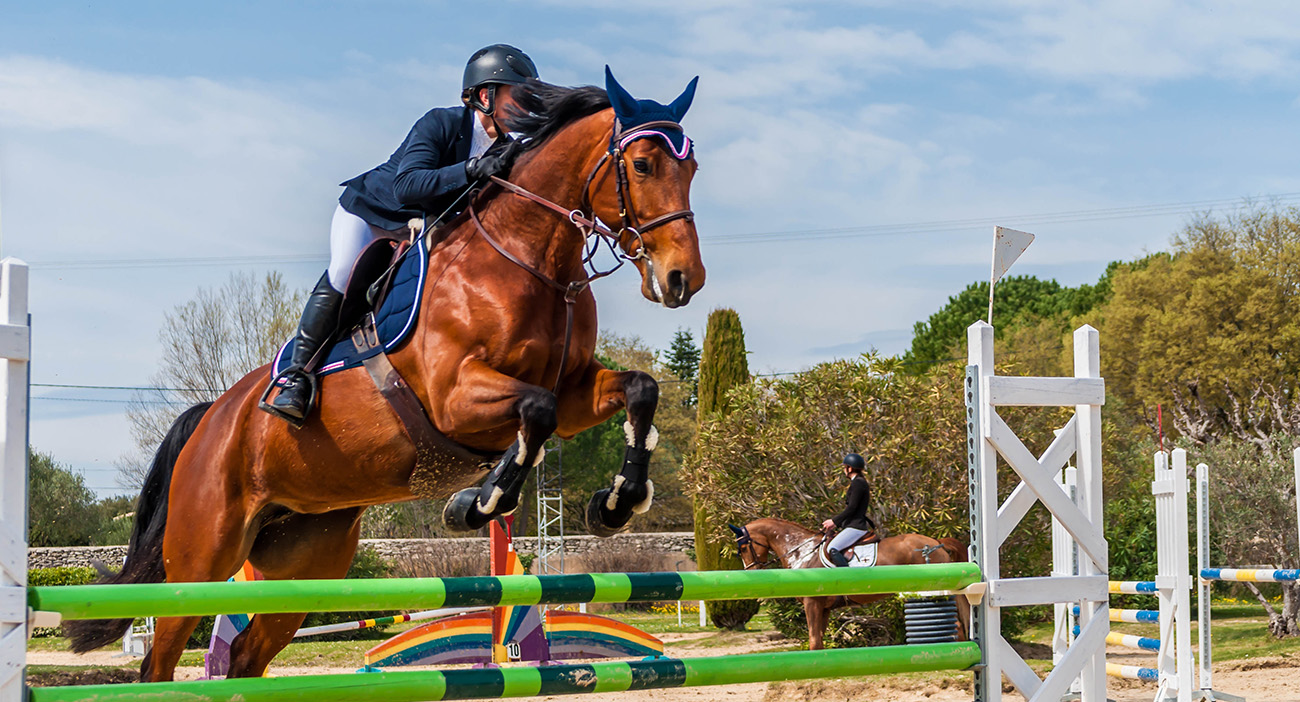
February 19, 2024
Don’t Underestimate The Value of Preparation

February 6, 2024
Know Your Horse Inside Out
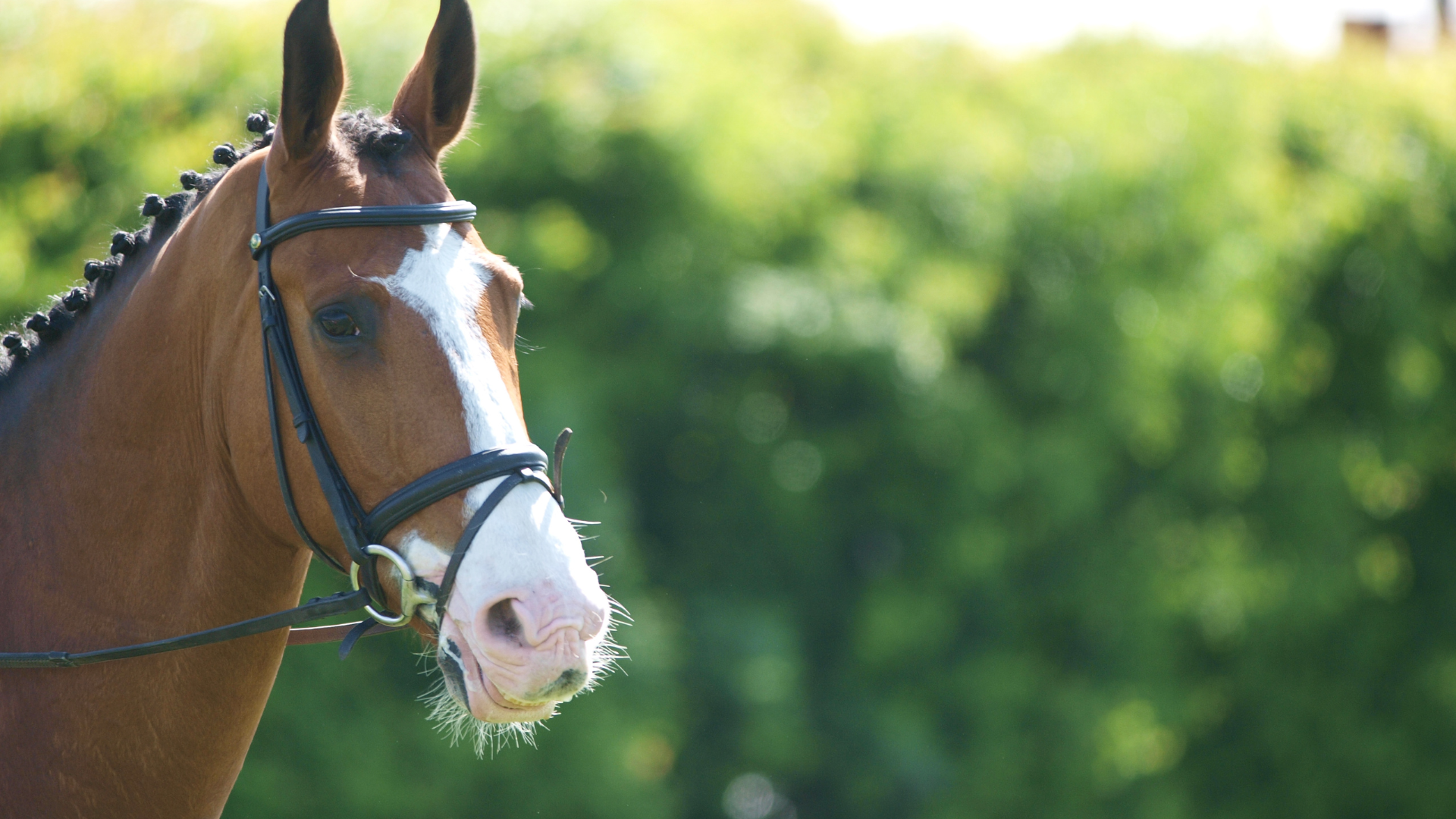
December 11, 2023
How To Get The Most Out Of Your Horse Forage During Winter

November 7, 2023
Which Hay Shall I Feed My Horse or Pony?

September 14, 2023
Hay Exportation – Why Choose British Hay?
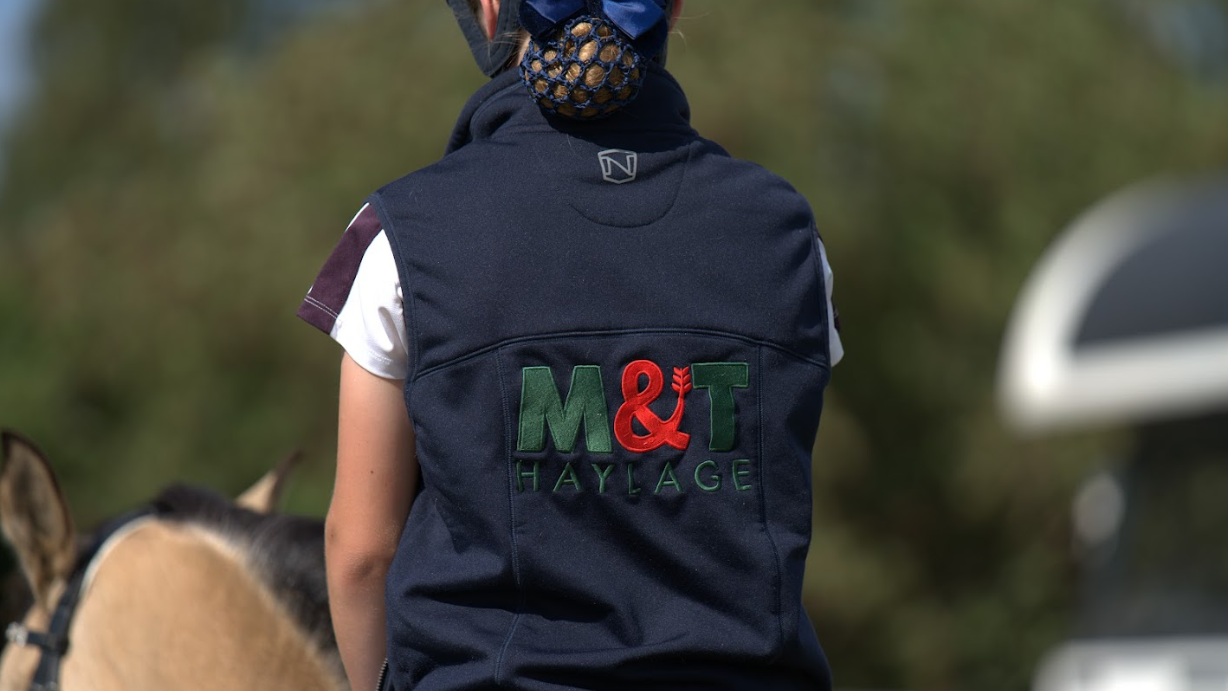
March 3, 2023
Hay vs Haylage: Which Is The Right Option For Your Horse?
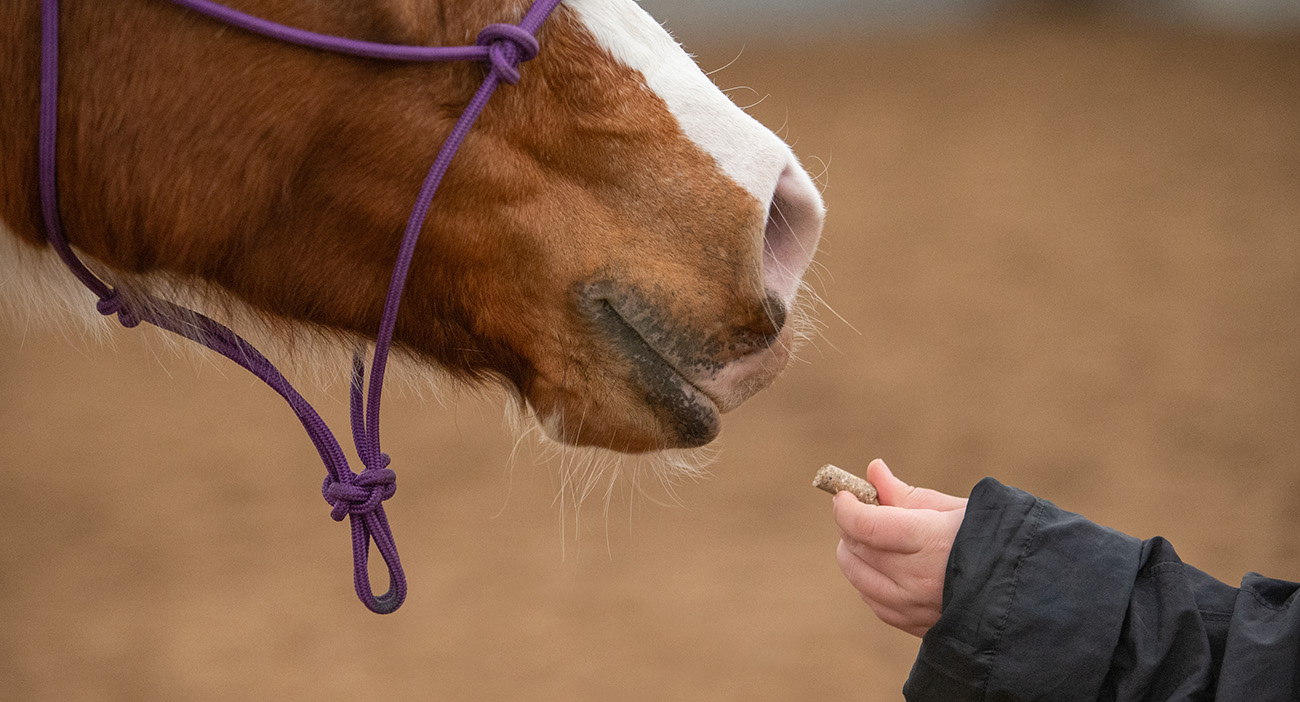
January 13, 2023
How To Bring A Horse Back Into Work After A Break
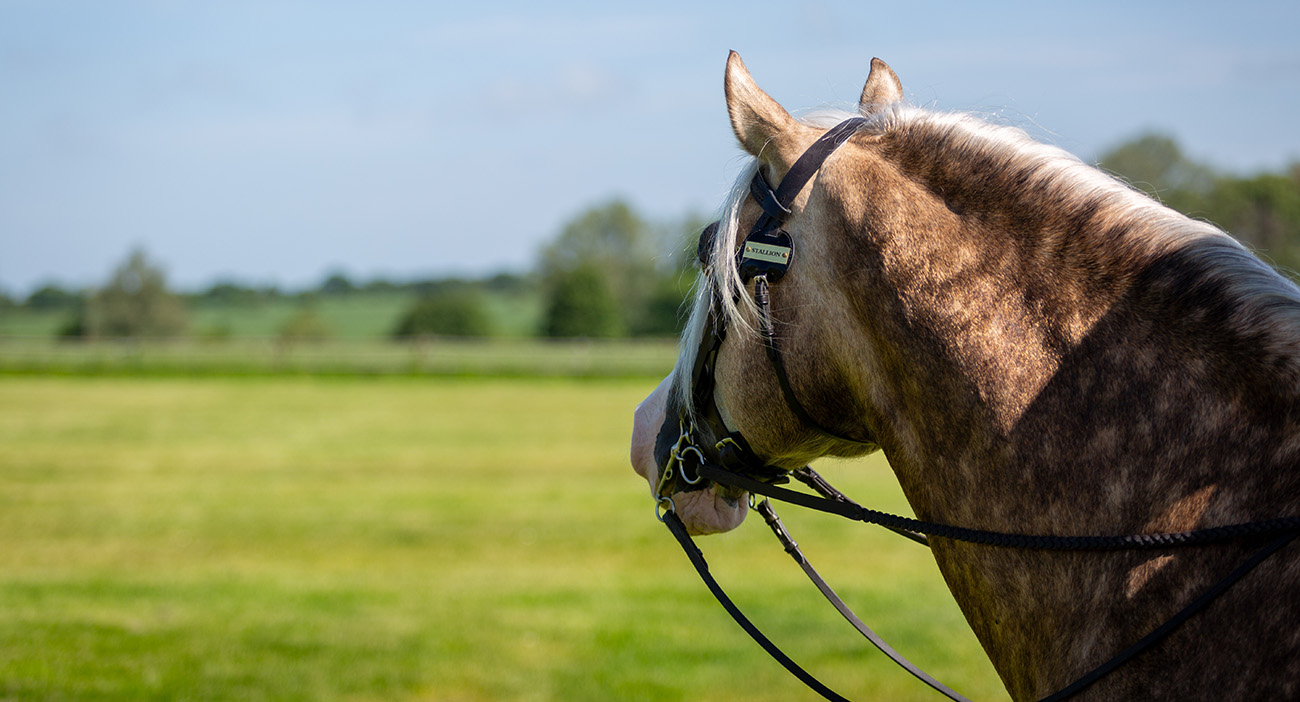
November 23, 2022
How To Body Condition Score Your Horse
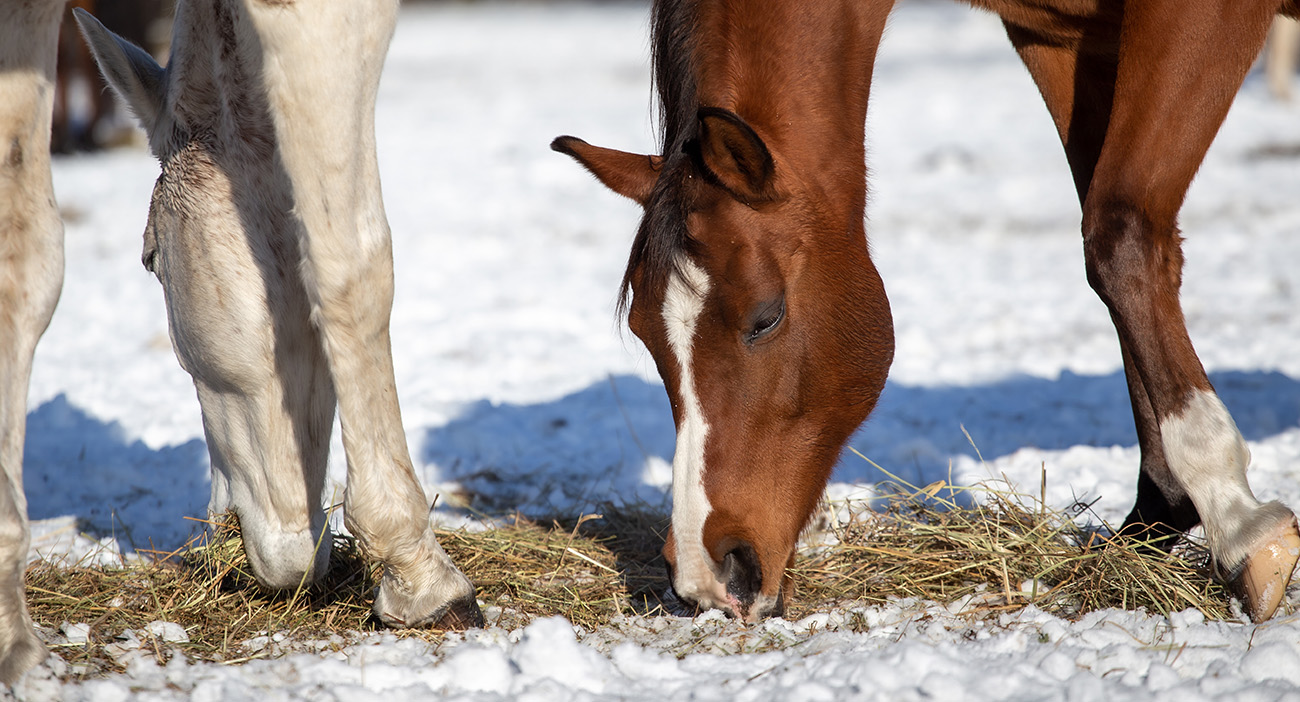
November 7, 2022
Winter Feeding Tips For Horse Owners
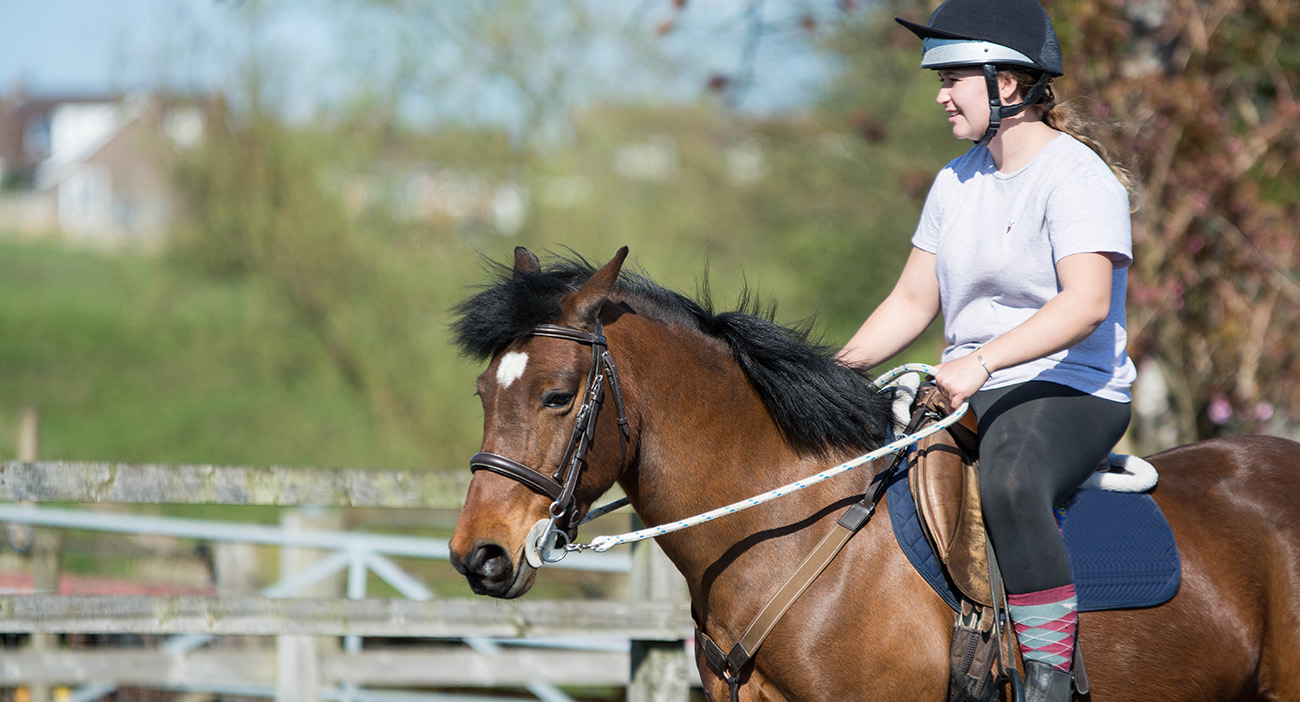
October 20, 2022
Money Saving Tips For Horse Owners
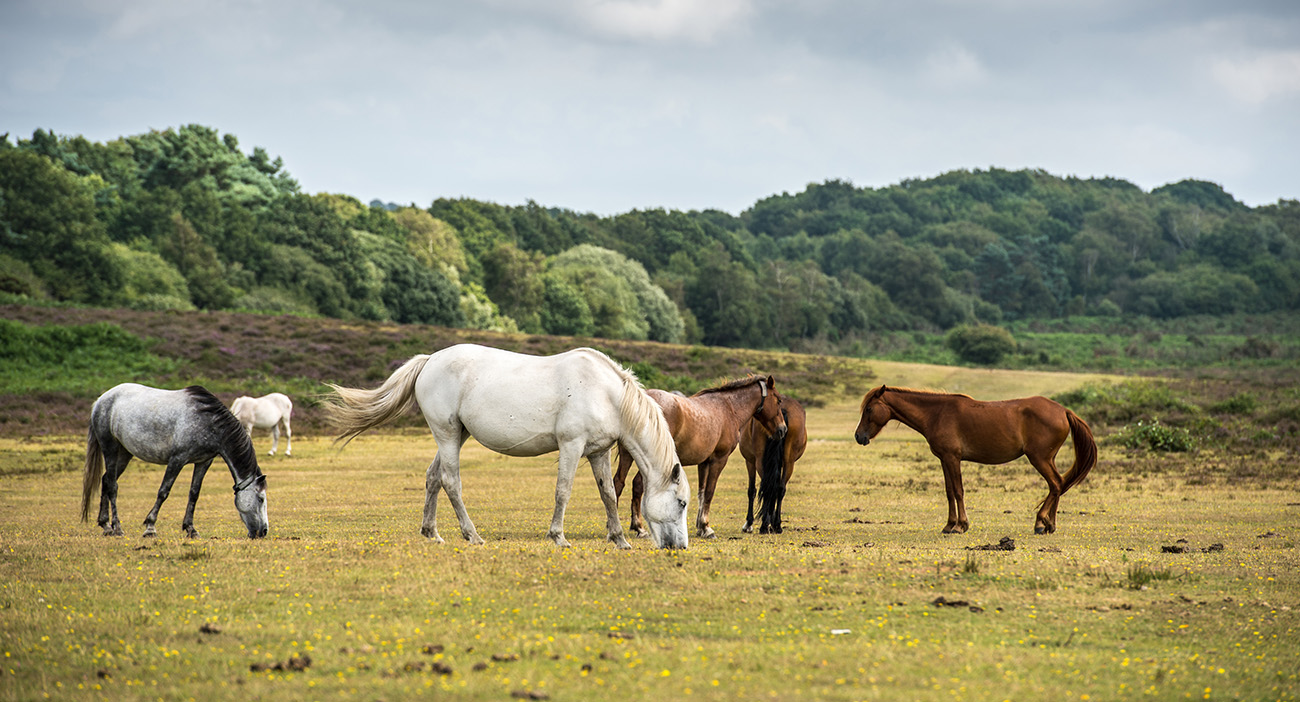
October 3, 2022
8 Ways To Keep Your Horse Entertained

September 30, 2022
Equestrian Question and Answer Session: Sophie Platt

August 25, 2022
Preparing Your Horse For Competition
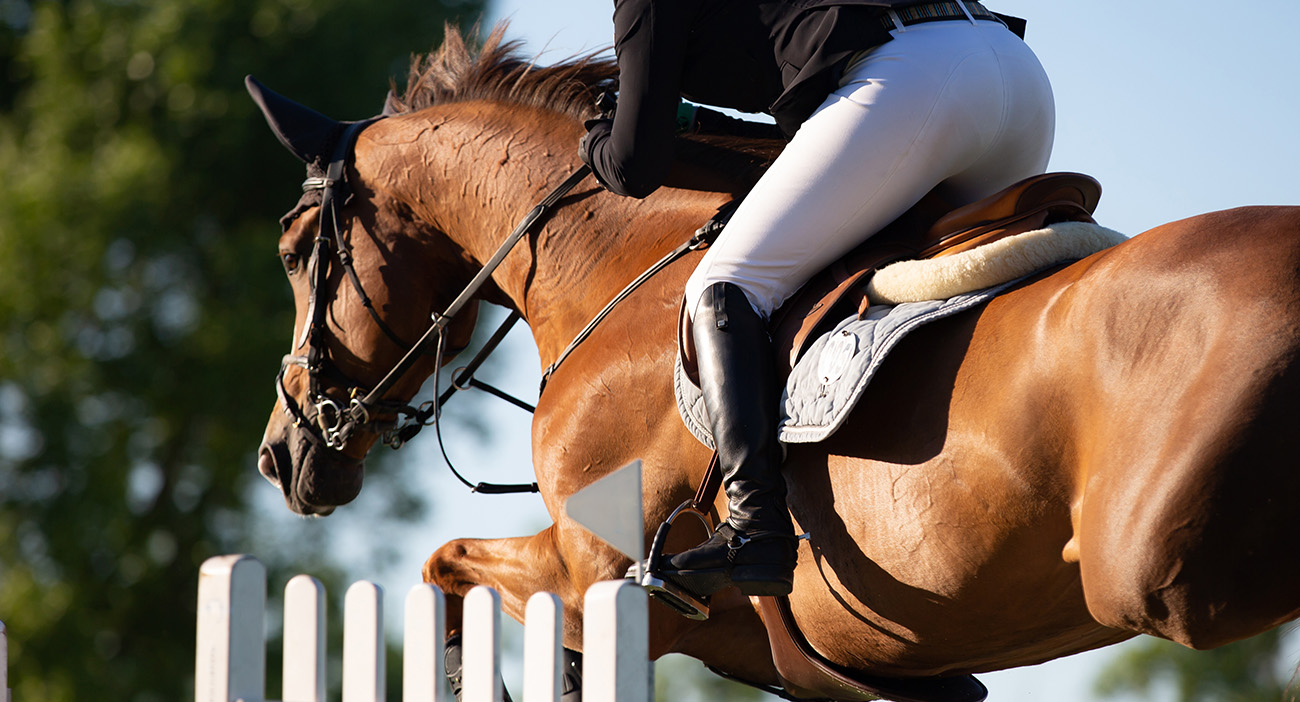
July 28, 2022
What Is Normal For My Horse?
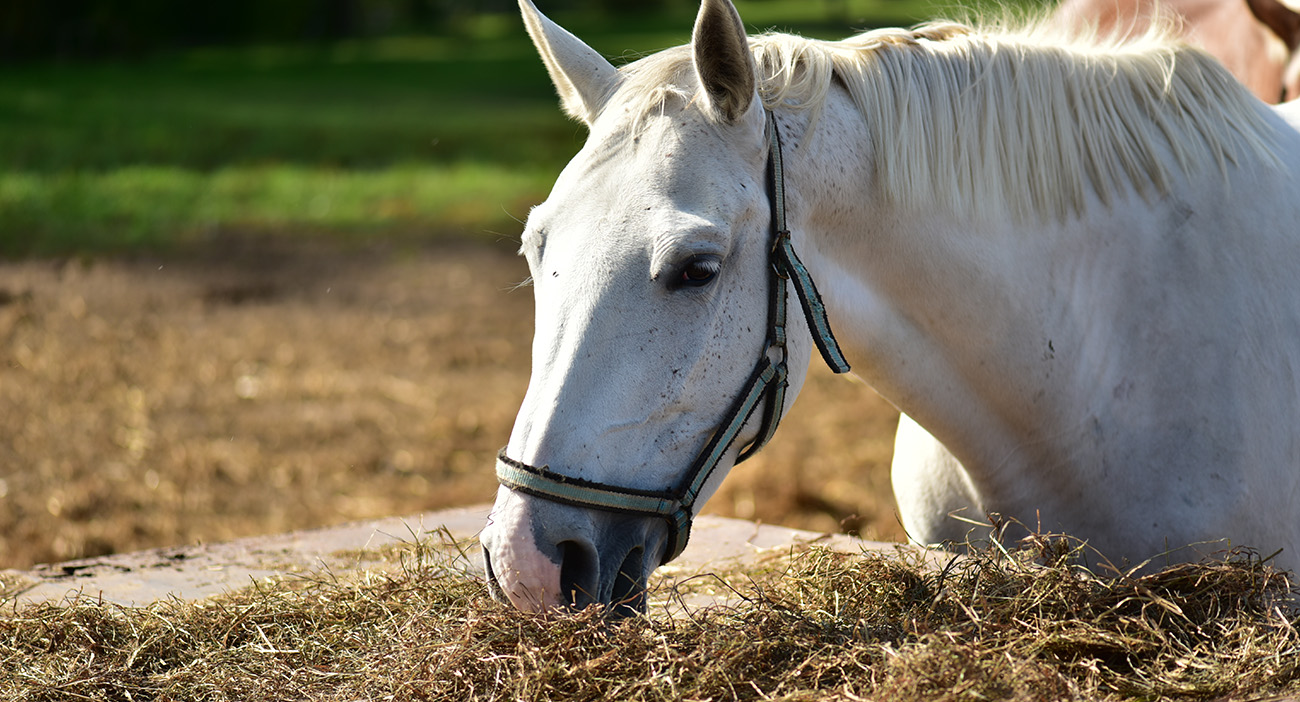
June 30, 2022
Compeition Horses: Managing Forage and Water Intake
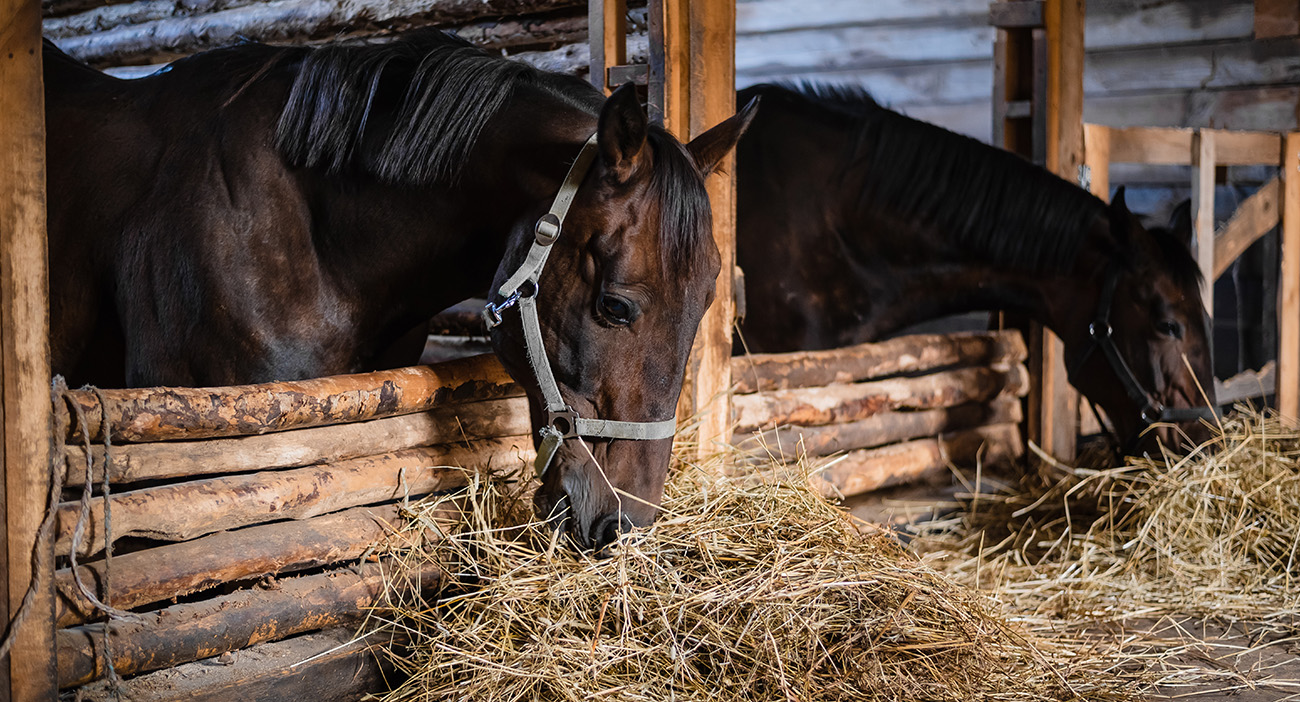
October 1, 2021
How To Feed EMS Horses: Nutritionist Top Tips For Horses
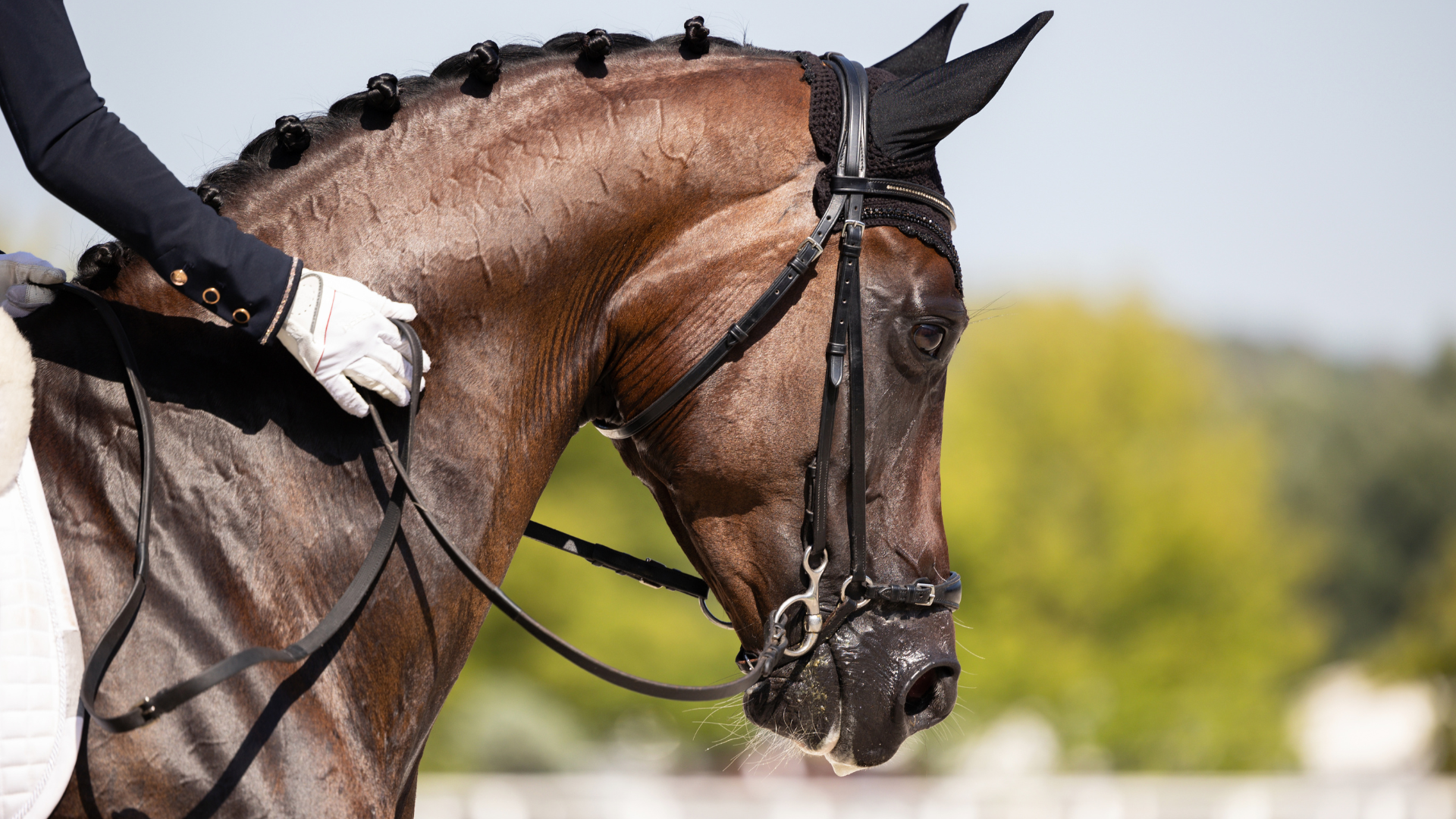
September 22, 2021
Feeding The Equine Athlete

September 7, 2021
How To Feed Your Horse Indoors This Winter
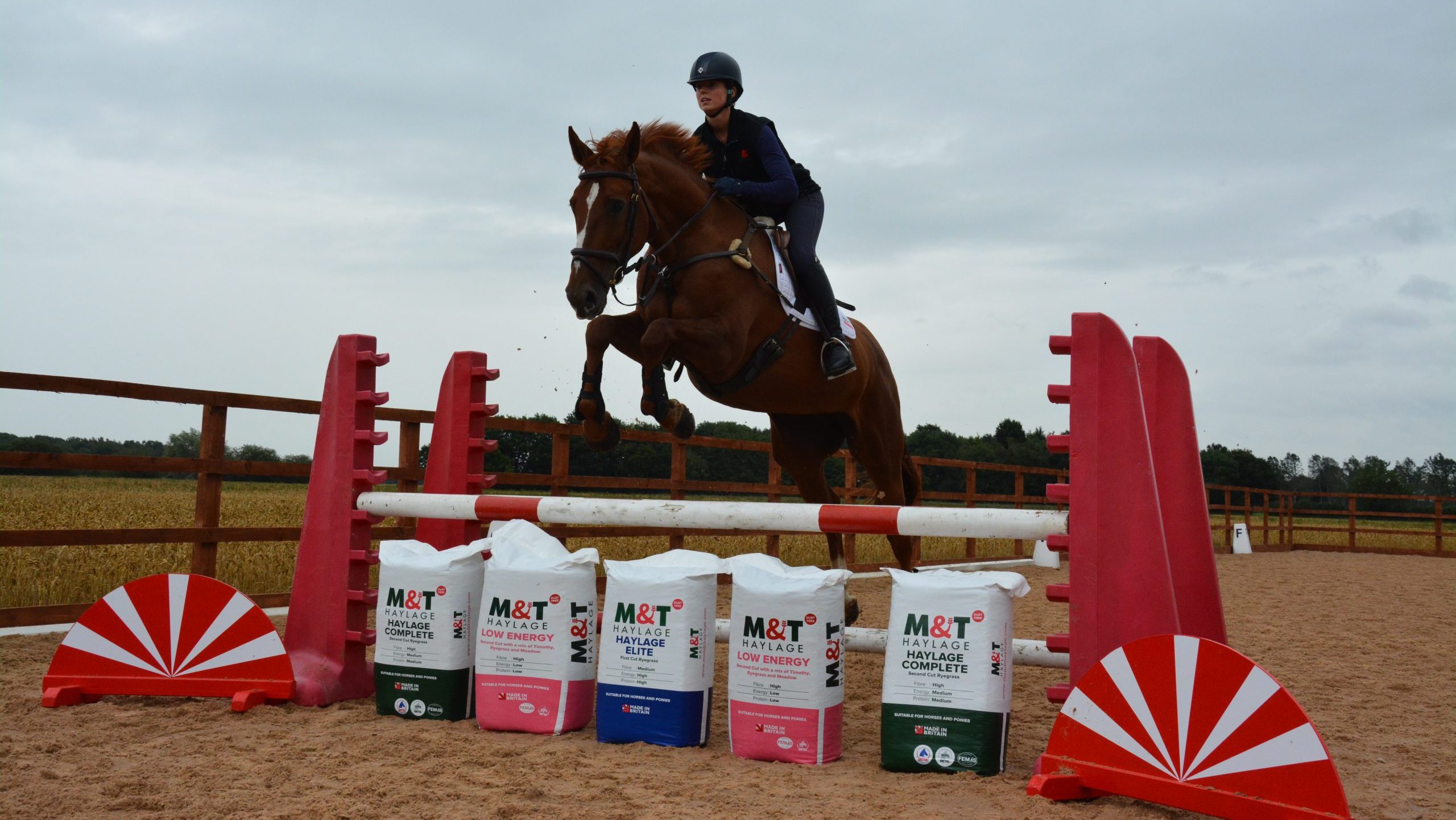
December 7, 2020
Premium Horse Forage: Ask The Nutritionist

July 9, 2020
Top Tips For Managing Forage For Horses On The Go: Part One
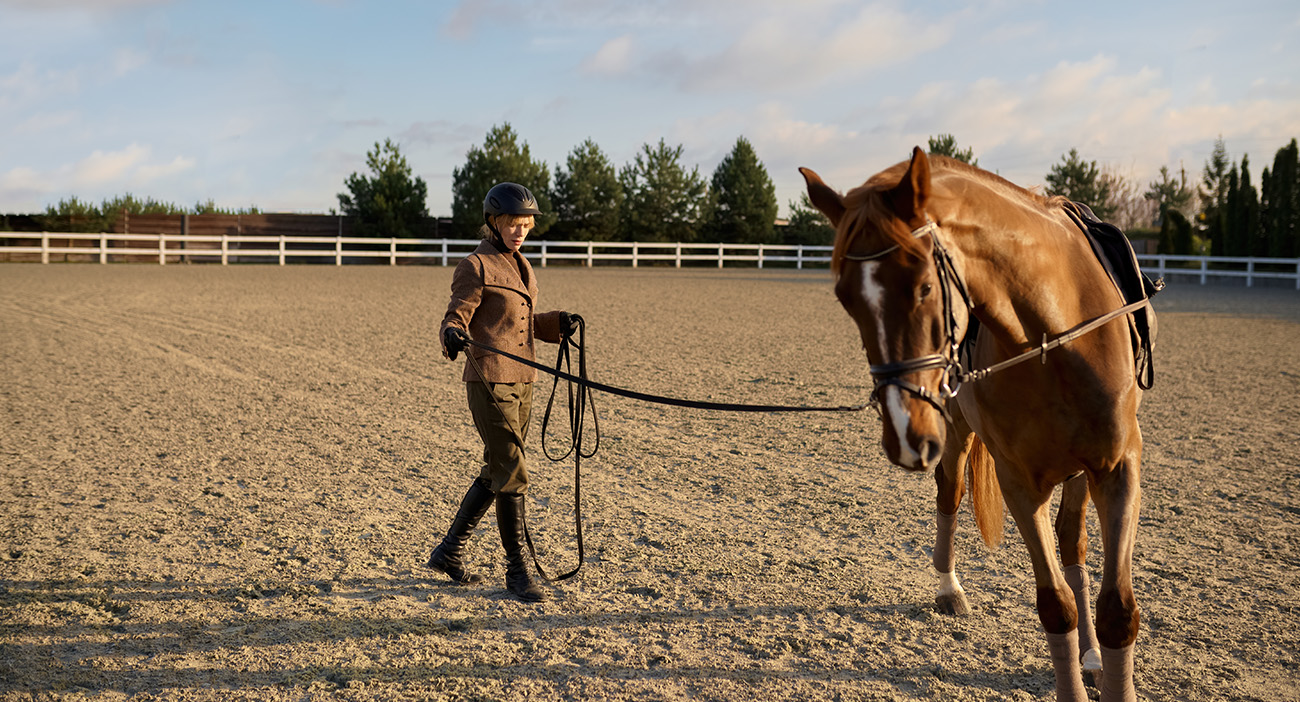
January 16, 2020
Haylage Myth Buster: Nutritionist Top Tips for Horses
